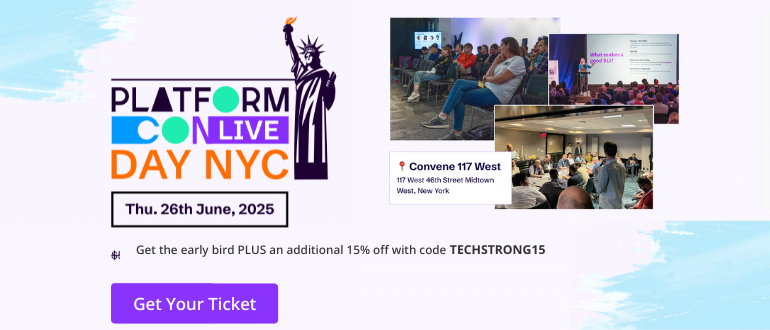Red Hat today at AnsibleFest 2025 previewed support for the Model Context Protocol (MCP) developed by Anthropic within Ansible Lightspeed, a set of generative artificial intelligence capabilities based on large language models (LLMs) specifically trained by Red Hat and IBM to automate IT tasks.
Any LLM or associated AI agent will soon be able to invoke AAP to execute a playbook. Additionally, IT teams can make use of Ansible policy enforcement based on Open Policy Agent (OPA) framework to establish guardrails for any AI agent or LLM accessing MCP.
Red Hat also previewed a customizable dashboard for the Ansible Automation Platform (AAP) that makes it simpler to surface the economic value created by an automated workflow. IT teams will be able to ascribe a value to an automation that will then generate a dashboard showing its value based on how often it runs. That dashboard can then be saved as a PDF file or embedded directly into a spreadsheet application that can be shared with finance teams to help evaluate the return on investment in automation.
Finally, Red Hat and HashiCorp previewed additional integrations planned with the Terraform infrastructure-as-code platform following the acquisition of HashiCorp by IBM, the parent company of Red Hat.
Sathish Balakrishnan, VP and general manager of the Ansible business unit within Red Hat, told conference attendees there will soon be more out-of-the-box integrations to enable automated workflows that include Terraform IaC tools that are widely used to provision IT environments. The two platforms together provide a highly complementary set of capabilities for automating IT workflows on a more end-to-end basis, he added.
HashiCorp CTO Armon Dadgar, meanwhile, added there will soon be more Terraform hooks into AAP to provide deeper integrations into production environments.
It’s not clear how many DevOps teams are looking to integrate Terraform with Ansible, but the opportunity to automate IT processes more fully presents an opportunity to streamline workflows. The challenge, as always, is aligning what are often different teams within the same organization.
Regardless of the approach, it’s clear that as more workflows are automated, the overall level of toil experienced by IT professionals should sharply decline in the months ahead—especially as AI models are more broadly applied—even as the number of applications deployed in production environments continues to exponentially increase.
It’s not likely those AI models and agents will replace the need for DevOps engineers and IT administrators any time soon. However, the nature of those roles is likely to profoundly change as more tasks are assigned to AI agents that are supervised by an IT team.
In the meantime, those IT teams would be well-advised to start identifying which manual tasks being performed today might soon be automated using a combination of Terraform tools and AAP that share access to the same core AI model and agent technologies. Truth be told, chances are high the bulk of that list will be made up of tasks that no one really enjoyed doing in the first place.





